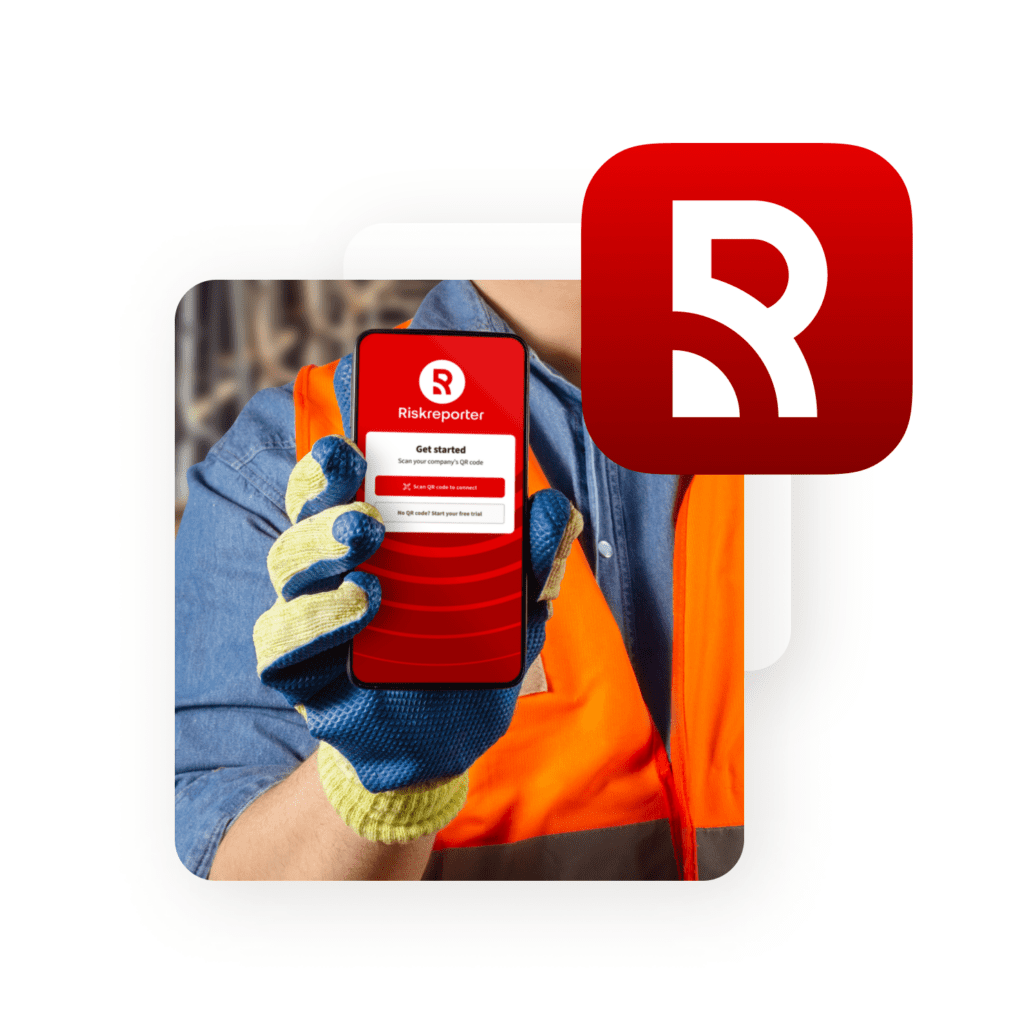Make Risk Management a Priority in Your Organization
From Risk Analysis to Identification Tools for Clear Insights and Control
Effective risk management is essential for every organization. Whether it concerns the safety and health of your employees, protecting the environment and surroundings, or ensuring business continuity—gaining insight into your risks helps prevent surprises and minimizes potential damage in any form.
Risks are always present. However, organizations with well-structured processes—such as a solid risk analysis, an up-to-date and validated risk assessment and evaluation (RI&E), and smart risk identification tools—are demonstrably better prepared.



